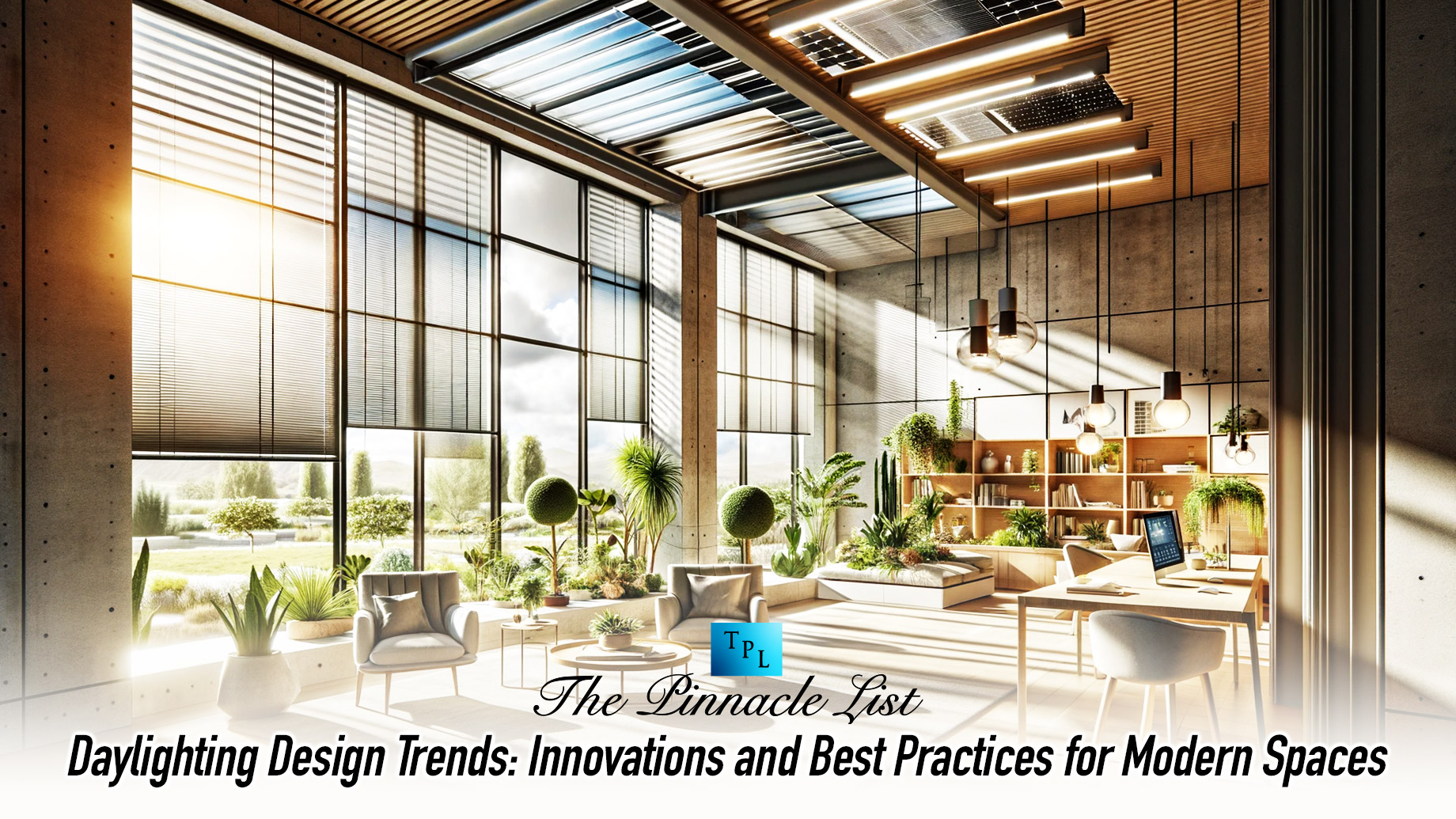
How interior spaces are designed is always changing to meet the needs and preferences of those who use them. A key focus in recent times has been on daylighting, which involves using light strategically in a closed space to create an ideal setting that boosts well-being, productivity, and energy efficiency. This article will delve into some of the trends and advancements in daylighting design, along with tips for integrating natural light into modern spaces.
The Advantages of Daylighting
Before discussing the trends and best practices in daylighting design, it’s important to understand why bringing light into indoor areas is so vital. Natural light not only helps save energy but also offers benefits for people’s health and overall well-being. Studies have proven that exposure to daylight can uplift moods, enhance clarity, and boost productivity. It can also help regulate our internal body clock and improve sleep patterns. Additionally, daylighting systems contribute to comfort by reducing eye strain and creating a pleasing atmosphere.
Trend 1: Incorporating Biophilic Design Elements
A common trend in daylighting design involves integrating biophilic features into indoor spaces. Humans have a bond with nature, known as biophilia, and biophilic design seeks to bring natural elements indoors. In terms of daylighting, biophilic design emphasizes maximizing views of greenery or incorporating materials like wood and stone within indoor spaces. Adding these elements not only enhances the appeal but also creates a more immersive experience for occupants by connecting them with the outdoors, even when inside.
Trend 2: Adaptive Shading Systems
A rising trend is the use of adaptive shading systems in daylighting design. Unlike shading devices such as blinds or curtains, adaptive shading systems automatically adjust their positioning based on real-time sunlight conditions. These sophisticated shading systems make use of sensors or automation technology to optimize the amount of light entering a space while minimizing glare and excessive heat gain. By managing daylight exposure, these systems ensure a pleasant and visually appealing environment throughout the day.
Trend 3: Transparent Solar Panels
Another innovative trend is the development of panels that allow renewable energy integration into building facades without sacrificing transparency. These solar panels, also known as windows or glazing, permit light to enter while simultaneously generating electricity. By harnessing sunlight to generate energy, these modern panels help reduce reliance on artificial lighting and traditional power sources. By integrating see-through panels into the design of lighting features, modern spaces can achieve both eco-friendliness and visual charm.
Trend 4: Current Trend: Intelligent Lighting Controls
Another emerging trend in indoor spaces is the integration of intelligent lighting controls into natural lighting design. These advanced systems utilize sensors, automation, and sophisticated algorithms to optimize the use of artificial lighting in coordination with daylight. By adjusting brightness levels based on the available natural light, these smart lighting controls can decrease energy usage without sacrificing visual comfort. Not only do these systems boost energy efficiency, but they also offer occupants personalized lighting experiences tailored to their preferences or tasks.
Effective Strategies for Natural Lighting Design
While staying updated on the trends is important, implementing strategic practices is equally essential for effective natural lighting design. Here are some key principles to keep in mind:
- Space Planning: Evaluate the layout of the space carefully to identify areas that need exposure to light. Take into account factors like room function, furniture arrangement, and window positioning to maximize daylight penetration.
- Window Selection: Opt for high-quality window materials that allow light transmission while minimizing heat gain or loss. Examples of energy glazing options include triple pane windows with low emissivity coatings and gas fills.
- Light Diffusion: When it comes to daylighting, it’s important to spread light throughout a room by using materials that let light through surfaces that reflect light and structures like light shelves. This approach helps reduce glare and dark areas while making the most of daylight.
- Control Systems: Another key aspect is using shading systems or automated controls to adjust the amount of light based on the time of day, season, and what people prefer. This not only creates a visually appealing environment but also cuts down on energy use.
In Summary
Designing spaces with daylight in mind is crucial for buildings that focus on saving energy, promoting well-being, and keeping occupants happy. By staying up to date with trends and incorporating top-notch methods, designers can leverage natural light to enhance both the look and usefulness of areas. Whether it involves adding nature-inspired features, using shading solutions, installing see-through panels, or employing innovative lighting controls – embracing new ideas in daylight design is essential. So don’t miss out on these chances to turn your spaces into havens that boost health, efficiency, and eco-friendliness.